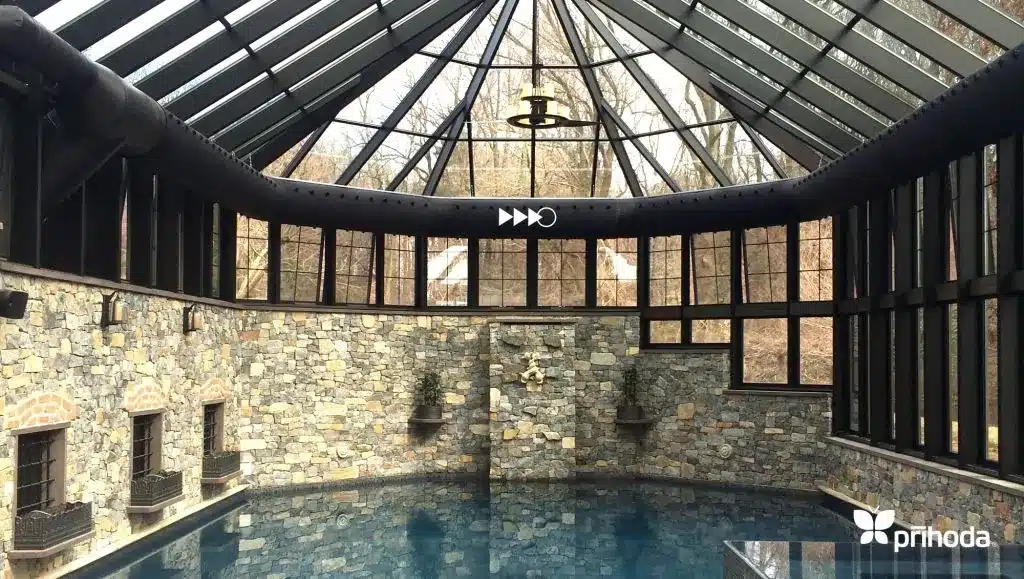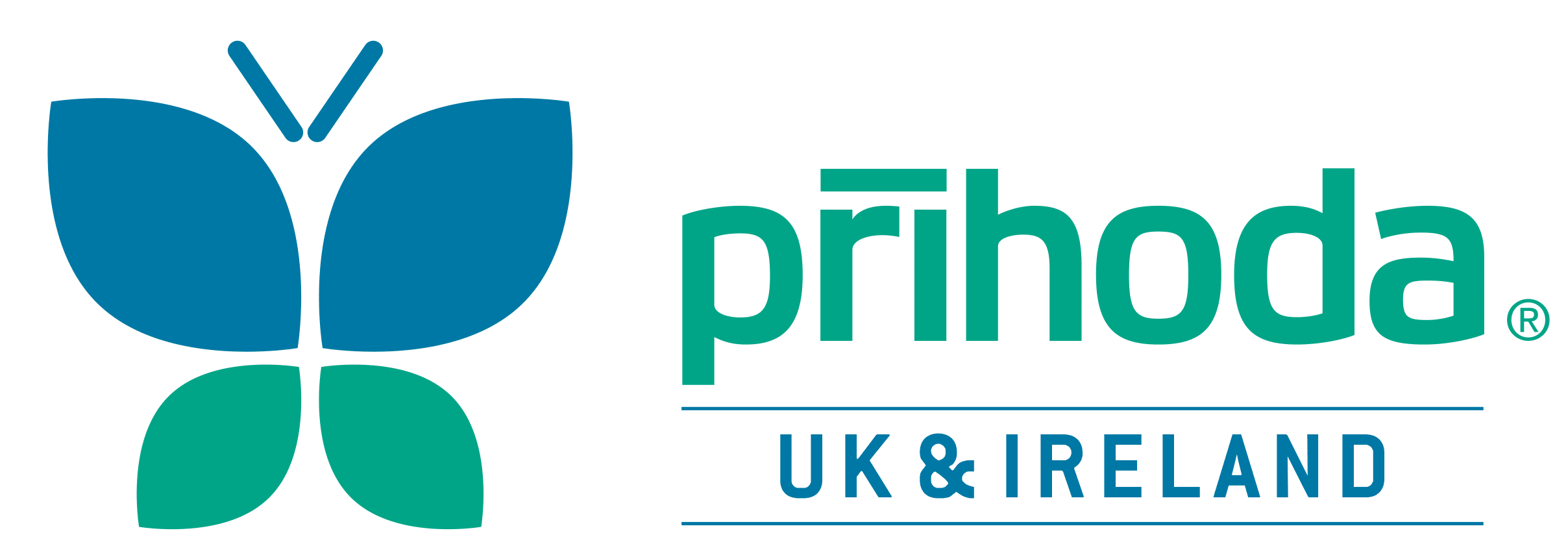Textile Ducting and Interior Design


Aesthetics are often relegated to an afterthought when selecting air supply and ventilation equipment, but with textile ducting, performance and aesthetics can go hand in hand. Thanks to the use of textile material and its endless array of colours and patterns, fabric ducting can be used by architects and interior designers to enhance and complement the design qualities of any space, be it a retail unit or a reception area.
Understated or eye-catching textile ducting
Our textile ducting is available in nine stock colours free of charge, but we have the capability to make them in practically any colour, offering a world of possibilities to achieve your architect’s or designer’s vision. There are generally two main approaches to plain colour with fabric ducting: making the ducts visually recede into the background or making them a flashy feature, e.g. to give a splash of colour.
Some applications can benefit from a more understated look whilst still achieving optimal ventilation. For example, in a classroom or a conference room, architects and designers might prefer that the textile ducts are visually subtle and fade into the background. We can achieve this by matching the colour of the fabric to the colour of the ceiling. This approach is especially effective if there are other features in the room that serve as a focal point, such as colourful walls, interesting furniture or wall art. If the fabric duct is also a D-shape or segment attached direct to the ceiling without leaving a gap, it becomes visually less prominent, resulting in a more understated and subtle look.
Alternatively, textile ducting can itself be a feature in a room simply by selecting a colour that stands out from the rest of the décor. A common reason to do this is when the fabric ductwork is made in the end user’s corporate colours. In an office building or a reception area, coordinating the textile ducts with corporate or branding colours can help interior designers to unify the overall appearance of the space.
Prints, logos and designs for textile ducting
Textile ducting can also have practically any design, graphic or text printed directly on the textile material. So, if colour isn’t enough to achieve the desired aesthetic effect, designers can also use any number of patterns or images to create a completely customised look in the room. For example, in a wellness centre the textile ducts might have relaxing imagery or positive messages printed onto the fabric. An office building or a factory may choose to include the company’s logo or wordmark to further strengthen the brand. For interior designers and architects, being able to finetune the appearance of the duct can offer endless possibilities.
Textile duct shapes
The shape of the textile ducts can also be used to boost their aesthetic appeal. It’s not uncommon for architects to prefer D-shaped ducts for offices, waiting areas and small retail spaces as they can provide a streamlined appearance that can be very effective to help the ductwork blend in and produce a clean look.
If the intent is to make the textile ducts an eye-catching feature, for example in large retail spaces or warehouses, the traditional round cross-section can make the ducts more visible. Coupled with a contrasting colour or a logo, this is the option to choose to ensure that the ducts will stand out.
Textile ducting offers a wealth of design opportunities for interior designers and architects. By changing the colour and shape they can be used to achieve a huge range of styles to suit the décor of the room or building.
Looking for more information?
Our experts are on hand to answer any questions. Why not give us a call or drop us a message, We’ll work with you to find the right solution.
Contact us

